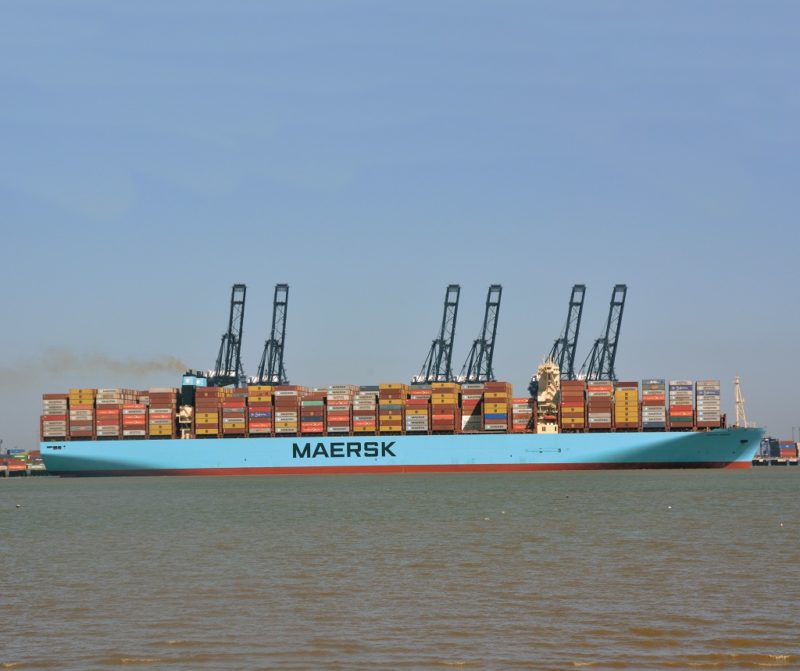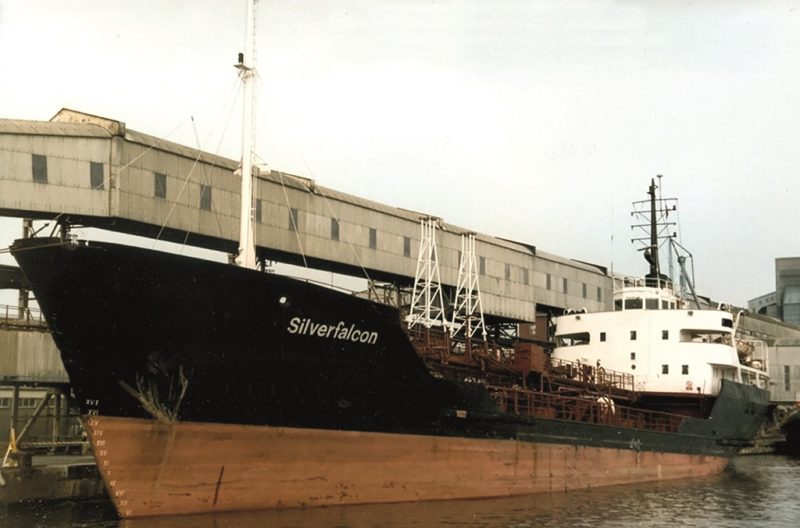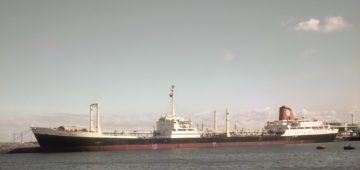
Felixstowe is a Victorian seaside family resort eighty five miles from London with good rail and coach links. A beautiful pier, with gardens lining Undercliff Road from the hotels leading down to a yellow sand and shingle beach, are in stark contrast to the huge container handling port and frenetic container loading and unloading operations by the 29 huge gantry cranes at two terminals, Trinity Terminal and South/ Landguard Terminal in the south of the town. The pier was opened in August 1905 with a total length of 2,640 feet, but now is shorter and used to have steamer services to various destinations. Across the Deben river to the north, radar pioneers at Bawdsey Manor toiled to develop early warning long distance radar systems that gave the vital edge in forewarning of the strength of enemy air formations approaching the coast during the Battle of Britain in August and September of 1940.


HISTORY OF THE PORT OF FELIXSTOWE
A fort at Landguard Point, immediately east of the South/Landguard Terminal and the ferry for foot passengers to Harwich, protected the town from a Dutch invasion that was made after the invasions of England in 1066 by both the Norsemen and the Normans. In June 1667, the Dutch Navy under Michel de Ruyter sailed up the Thames to Gravesend, and then captured the fort at Sheerness before sailing up the Medway to Chatham and bombarded various strongpoints, and caused much damage to the English fleet at Chatham. Two weeks later, two thousand Dutchmen of a strong force of invasion troops landed on Felixstowe beach and advanced to Landguard Fort, but were defeated in a long battle with 500 artillerymen led by Nathaniel Darrell.
A later strong pentagonal fort with casemate batteries was built in 1718, with four 6 inch guns and two sets of twin six pounder guns installed in Darrell’s Battery in World War II, and which fired on German midget submarine attacks on Harwich Harbour and German minelayers. Landguard Fort was also a vital H/Q and Plotting Base for the heavy aircraft formations necessary to defend against German air attacks in the Ipswich and Harwich area in World War II, as well as a Naval Port War Signal Station controlling ship movements in and out of Harwich harbour. It also controlled remotely large defensive minefields in the harbour entrance. Military operations at the fort ended in 1987, and the fort is now under the guardianship of English Heritage and is open to the public.
Subscribe today to read the full article!
Simply click below to subscribe and not only read the full article instantly, but gain unparalleled access to the specialist magazine for shipping enthusiasts.






Comments
Sorry, comments are closed for this item